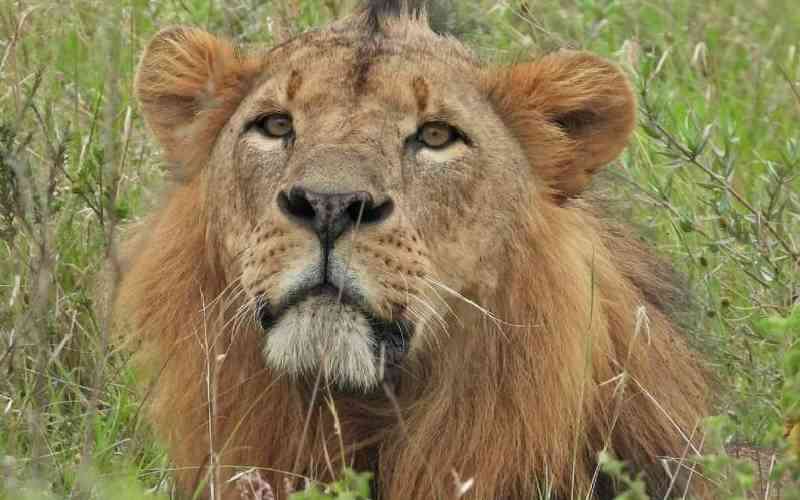×
The Standard e-Paper
Kenya’s Boldest Voice

They strode the Kenyan plains like the proverbial colossus. Their names — and fame — are deeply engraved in the annals of history, both locally and internationally. They are Kenya’s iconic animals, a rare breed that cemented the country as the ultimate wildlife safari destination.